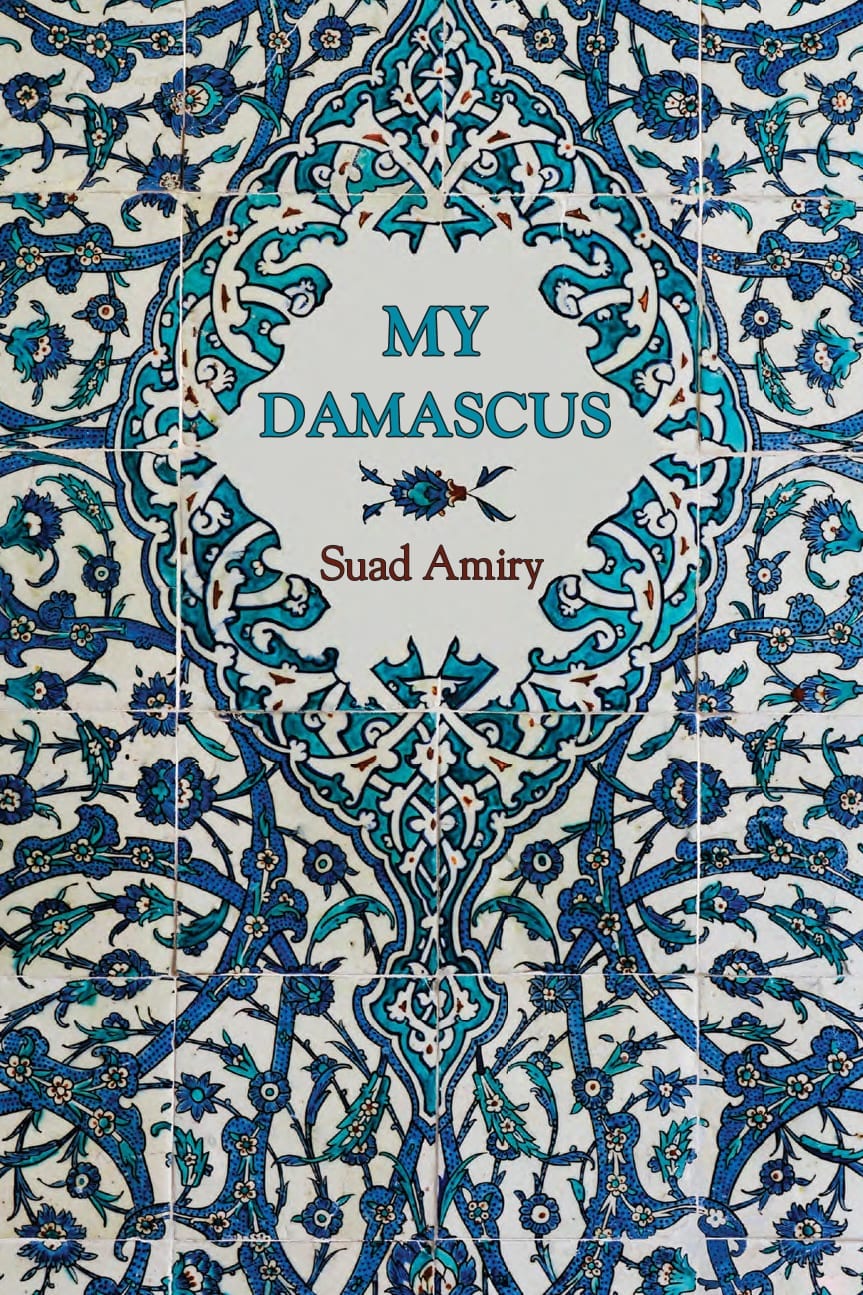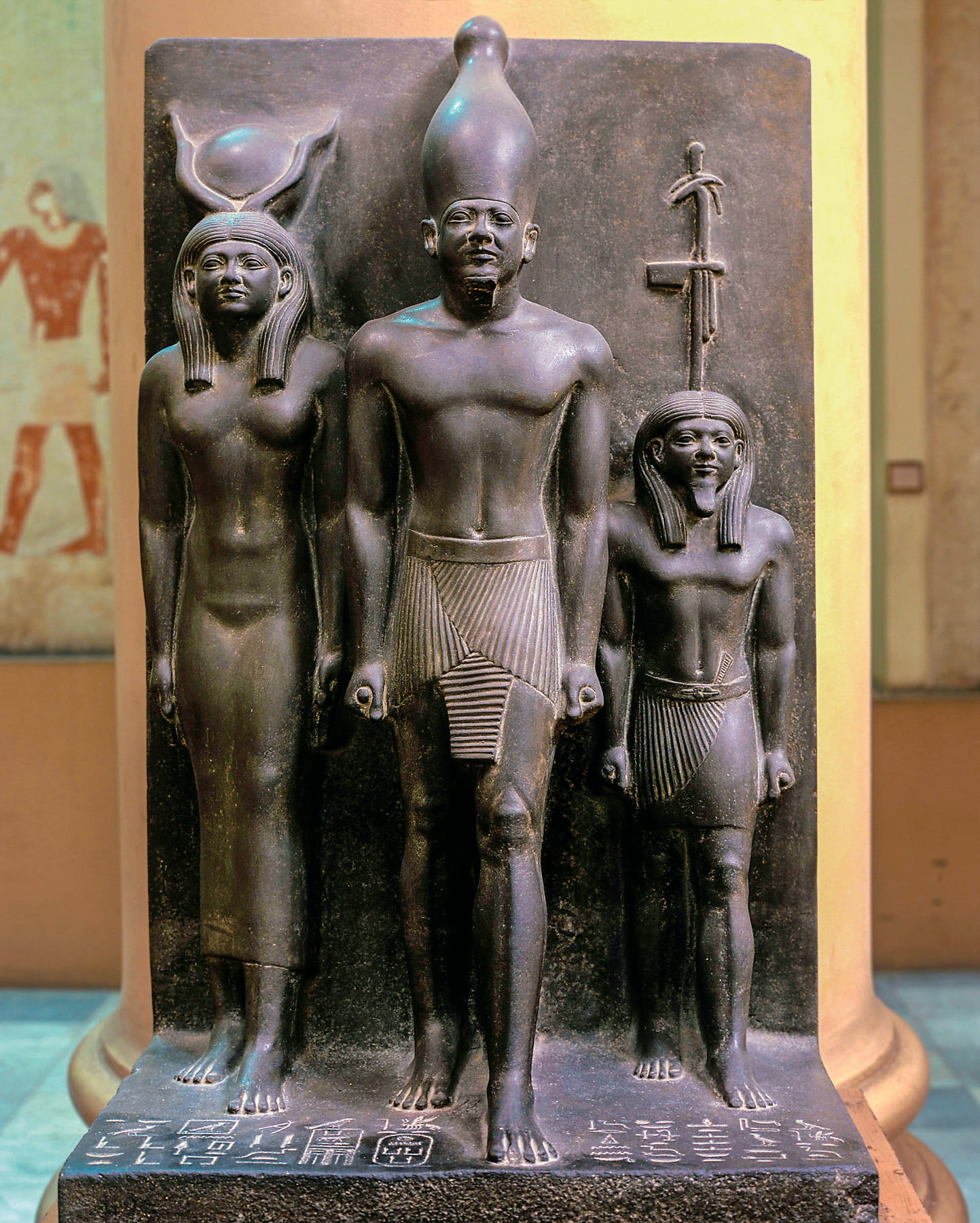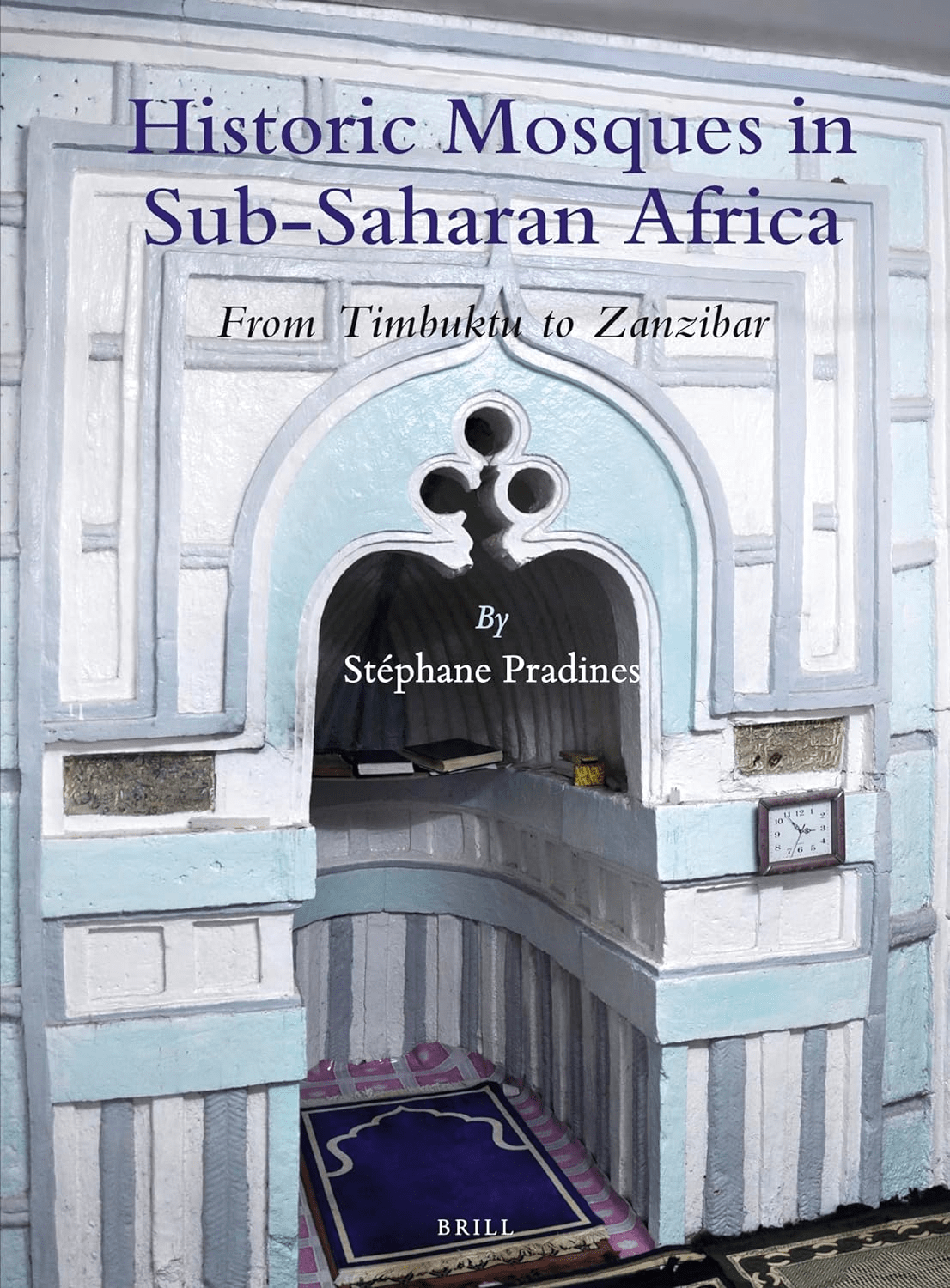
My Damascus
Tom Verde
Suad Amiry.
Olive Branch Press, 2021.
“The renowned Souq al-Hamidiyah and Souq al-Bzurieh (spice market) with their dim lights, the sounds of the beating of cotton and the carving of brass trays, the glitter of the gold market, the dazzling designs of the silk market, and the overwhelming aromas emanating from its candle market – all left strong images and impressions on my young brain and triggered fantasies of unlimited splendor.”
—From My Damascus
Born to a Syrian mother from Damascus and a Palestinian father who fled Jaffa, writer and architect Suad Amiry experienced a childhood in the Syrian capital during the 1960s and 1970s characterized by “strong images of narrow and dilating alleyways, splendid mansions, and colorful, scented souqs.” Yet her narrative reaches even further back into her family’s past, one populated by aunts and uncles, cousins and close friends—a multigenerational get-together between the pages of a book that oscillates seamlessly across the years between the waning days of the Ottoman Empire, around the time of World War I, and the present day, with its equally war-ravaged fallout. The stately, 18th-century Baroudi family mansion (Beit Jiddo, the author’s maternal “Grandfather’s House”) is the setting for encounters with aunts lounging on “beautifully inlaid mother-of-pearl Damascene living-room furniture.” But beneath the poshness lies a “sense of loss and uprootedness” that haunts many Palestinian families and undergirds this lyrical, nostalgic memoir.
—Tom Verde
You may also be interested in...

The Legacy of Egyptologist George Reisner—Our Book Review
When George Reisner died in 1942, he did so surrounded by ghosts—not just the pharaohs he’d unearthed but the stacks of unpublished notes that entombed his legacy.
Historic Mosques in Sub-Saharan Africa
From Mali to Tanzania, historian Stéphane Pradines traces a thousand years of Islamic architecture that forces us to rethink what we know about Africa’s past.